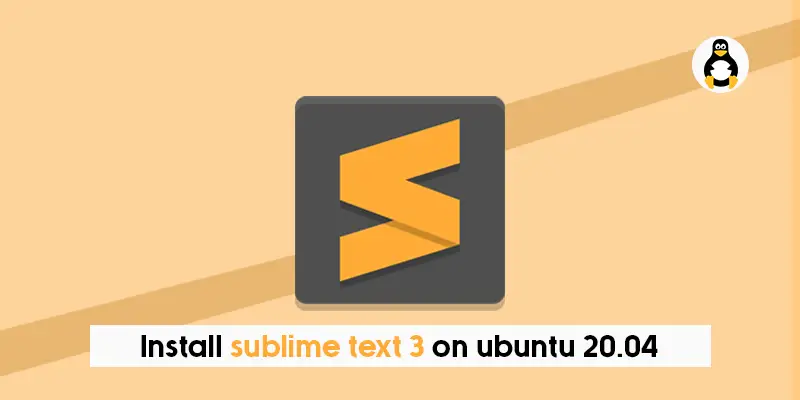

With Sublime Package Control you can leverage both the extensibility of Sublime Text and the wealth of community-driven packages – many of which are open source – without having to fumble with git repositories or even leave the comforts of the command palette. But you may find language-specific commands lacking. The command palette is a quick way to ramp up productivity and to start learning about some of the built-in conveniences that Sublime Text offers. Forgot to use spaces instead of tabs? Start typing “indent” and Sublime offers any matching commands. With Sublime Text, pressing Ctrl–Shift–P presents a HUD-like “Command Palette” with searchable entries. Though editors are fairly simple things to use – just open and type away – mastering a tool like emacs is an uphill struggle many of us attempt but fail miserably at or simply don’t have the time to undertake. Install Sublime Text 2 on Ubuntu First Steps Searching for “indent” in the command palette

desktop file, complete with a Unity quicklist. Whether you’re buying or trying, Jevin at Technoreply has a guide for installing Sublime Text globally and providing a.
#HOW TO INSTALL SUBLIME TEXT ON UBUNTU FREE#
Though Sublime Text isn’t free or open source, the $70 price tag isn’t unreasonable for the casual or hardcore developer looking for a user friendly, but extensible editor.
#HOW TO INSTALL SUBLIME TEXT ON UBUNTU WINDOWS#
Its extensibility and cross-platformability means you can use Ubuntu on the desktop, OS X on the laptop, and Windows at work and have the same theme, plugins, and keybindings across all platforms. Sublime Text couples the customisability of editors like vim and emacs with a modern UI and its conveniences. Editing Sublime Text settings is a cinch. Though the likes of gedit, vim, emacs, and even Eclipse have covered developers’ needs with open source editors and IDEs, Sublime Text – a closed source editor – has gained a massive following since its first release over five years ago.


 0 kommentar(er)
0 kommentar(er)
